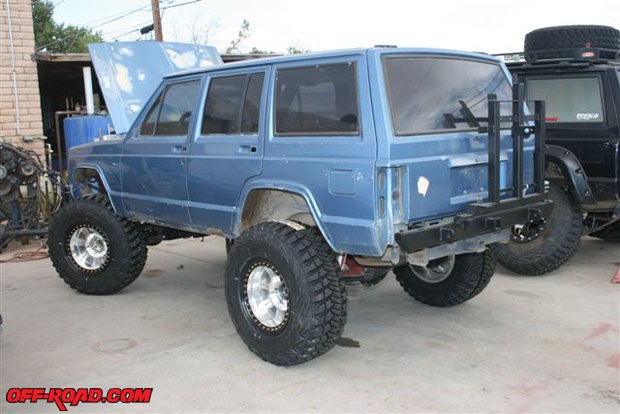
As we mentioned in the second step of our build, Master ‘Kee is a play on the words “Cherokee” and “master” of the Arizona trails. Our theme and final goal of the project is building the ultimate camera car—a four wheeler that can cover any off-road event, ease over any trail this side of the Hammers, and comfortably prerun any off-road race.
Master ‘Kee 89 XJ Cherokee Build:
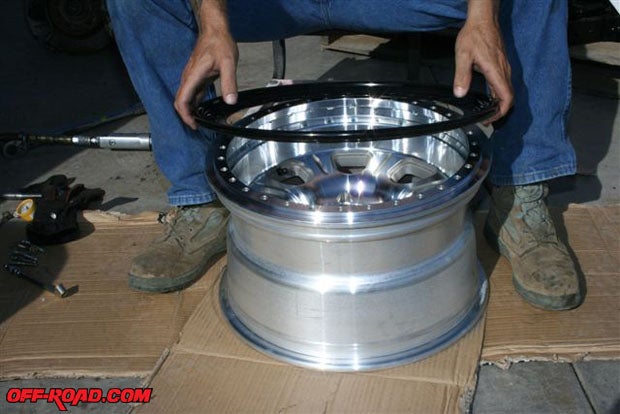
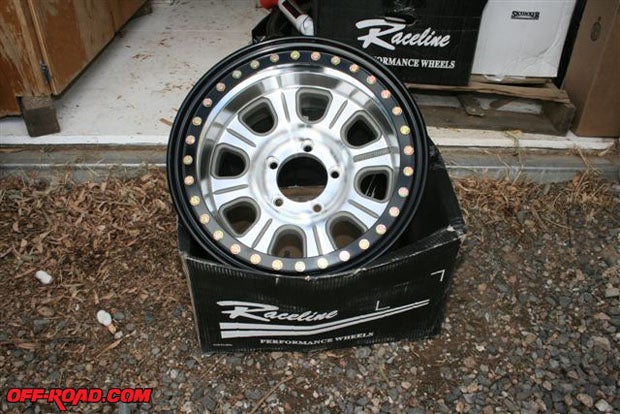
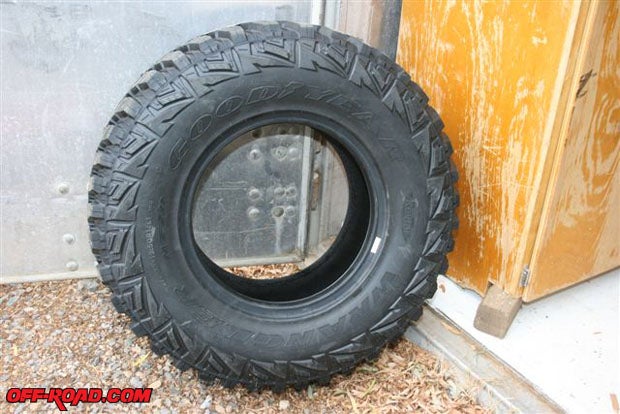
This is an outline of what we’re planning. We’re using a 1989 Cherokee XJ model because it’s an extremely capable vehicle right out of the Jeep box. The XJ we’re using is equipped with the 4.0-liter in-line EFI six-cylinder engine and a four-speed automatic transmission. It has a Dana 30 front differential and an AMC Model 35 rear differential. Plus, because XJ prices are coming down they’re becoming very popular with first-time four-wheelers. How do I know this? My Jeep Creep question-and-answer column receives more Cherokee technical questions each month than questions about any other models.
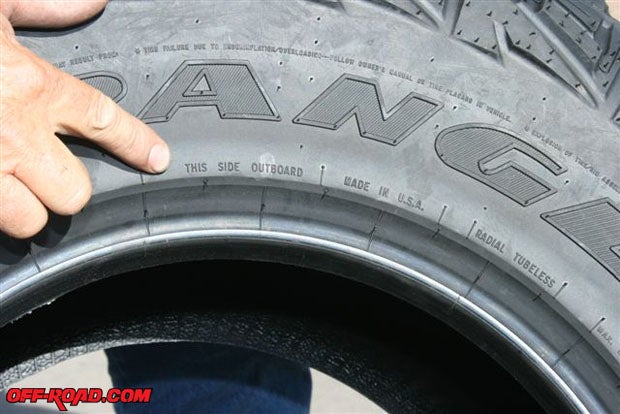
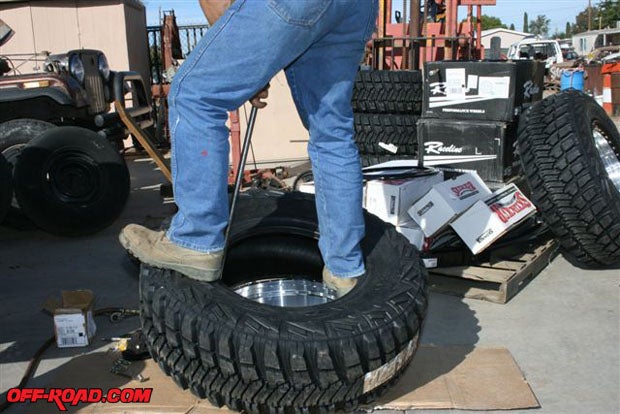
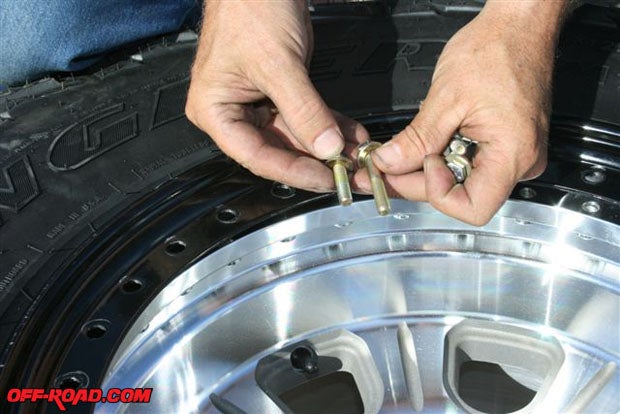
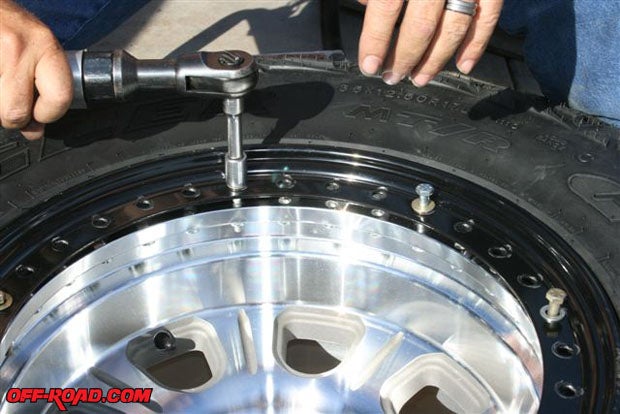
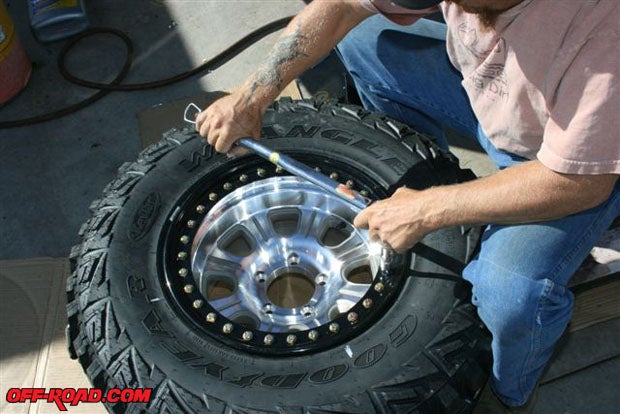
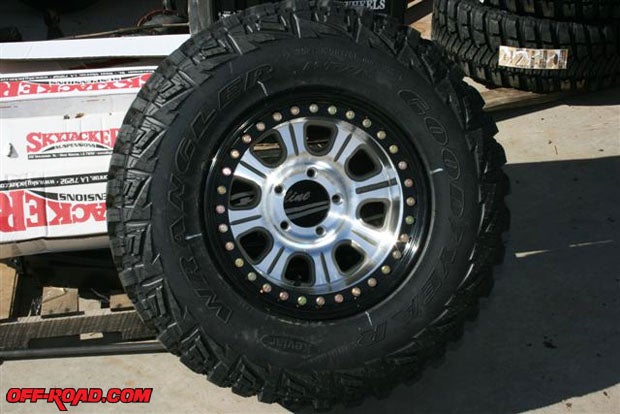
This is a multi-part series of articles, which are all aimed at first-timers—folks who haven’t rebuilt a four wheeler before—to show them what can be accomplished on a used Jeep. I want to mention here that similar products to those being used in this series can also be installed on any other type of Jeep—or any other four wheeler—only the specific installation instructions may differ slightly.
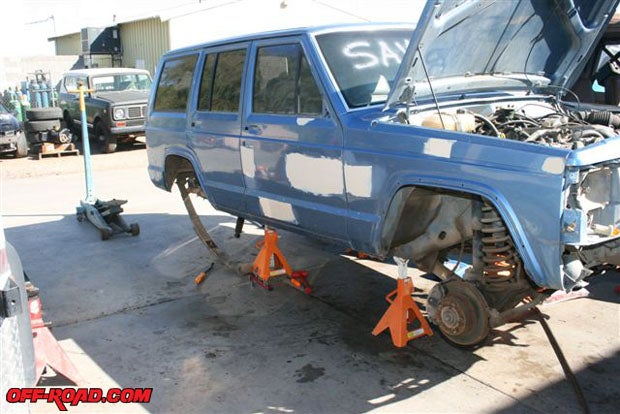
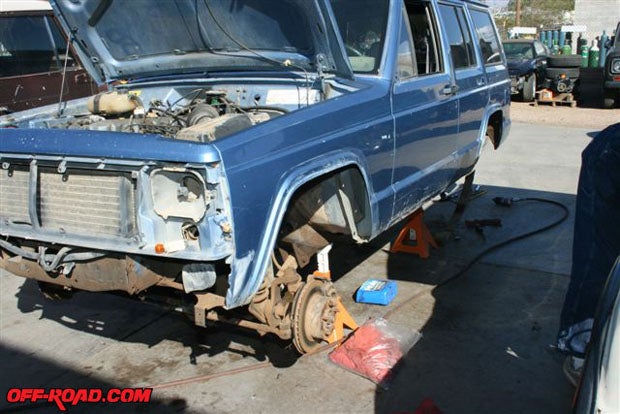
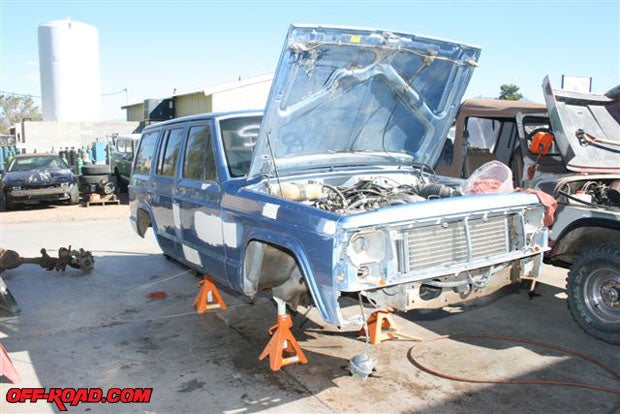
I’m also taking this time to thank all our sponsors. I’ll be listing all their websites at the end of each segment—even if their products don’t happen to appear in that segment. While I’ll be listing all the individual company’s websites, virtually all the products used on Master ‘Kee are available from 4-Wheel Hardware (http://www.4wd.com/), which worked quite closely with us on this project. 4WD has one of the most extensive catalogs of four-wheel-drive products in the industry.
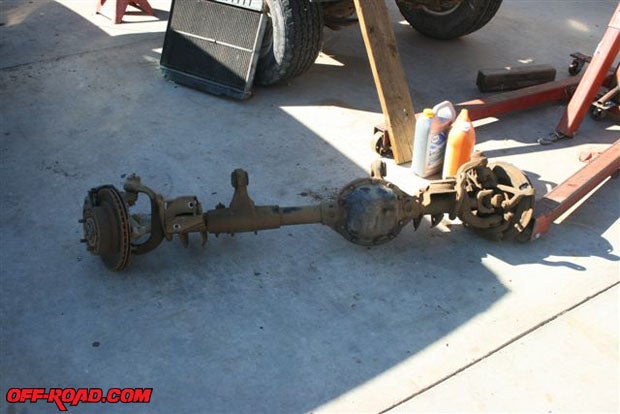
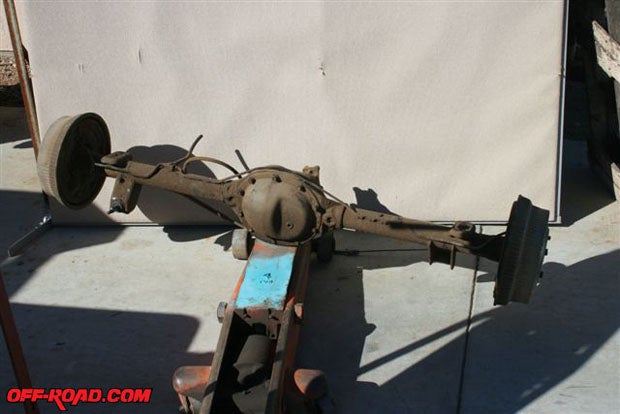
This multi-article series will continue next month in Segment #4 with the building and installation of the roll cage. Attached to the roll cage are the Bestop seats and the Garvin Wilderness roof rack. However, this month we’ll install the 6-inch Skyjacker lift kit, mount the 12.50x35 Goodyear MT/R with Kevlar tires on the Raceline beadlock wheels, and end up with a rolling chassis. All of the work is being done by the Rock Lizard Shop of Kingman, Arizona.
Project Master ‘Kee Sponsors:
4-Wheel Hardware (http://www.4wd.com/)
ARB Air Lockers (http://www.arb.com/)
Bestop Products (http://www.bestop.com/)
Cobra Electronics (http://www.cobra.com/)
DJ Safety (http://www.djsafety.com/)
G2 Performance (http://www.g2axle.com/)
Garmin nuvi 1450 (http://www.garmin.com/)
Garvin Wilderness Products (http://www.wildernessracks.com/)
Goodyear Tires (http://www.goodyear.com/)
Hella (http://www.hella.com/)
Raceline Wheels (http://www.racelinewheels.com/)
Ramsey Winches (http://www.ramsey.com/)
Skyjacker Products (http://www.skyjacker.com/)
Sylvania (http://www.sylvania.com/)
Viair (http://www.viaircorp.com/)
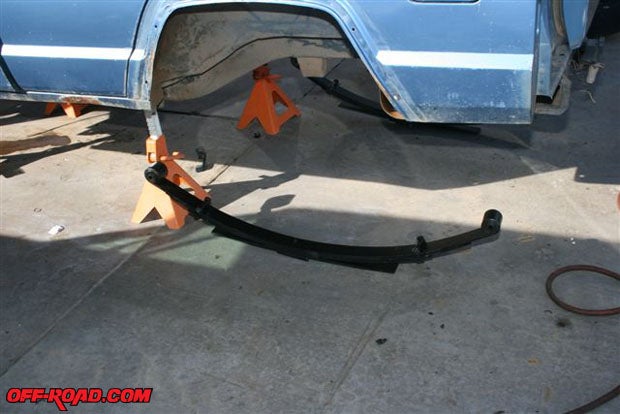
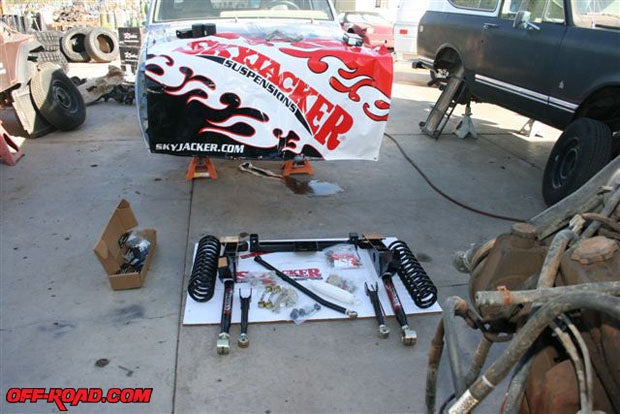
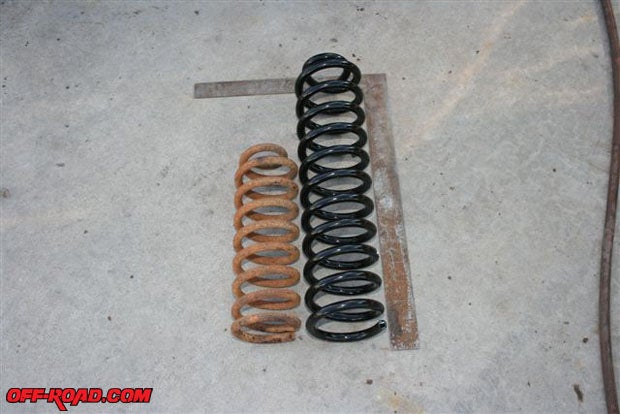
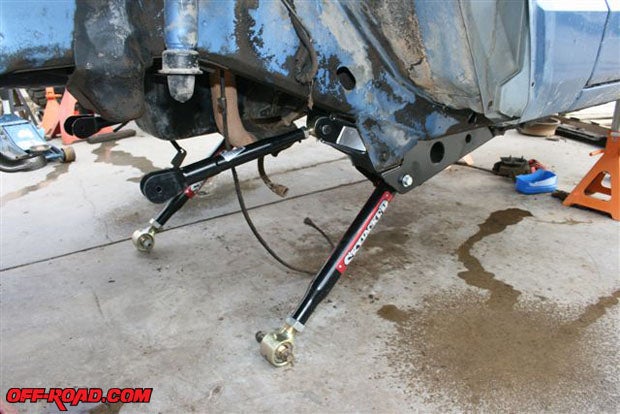
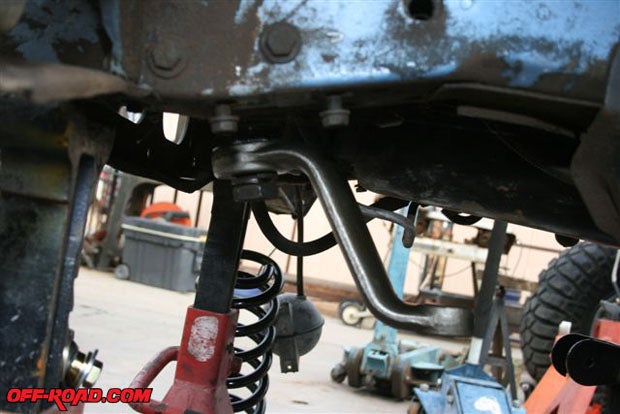
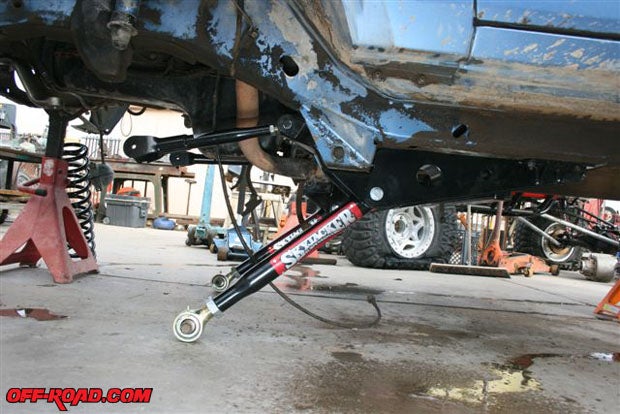
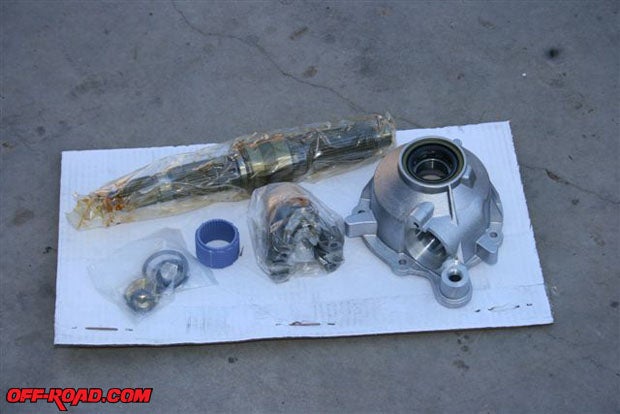
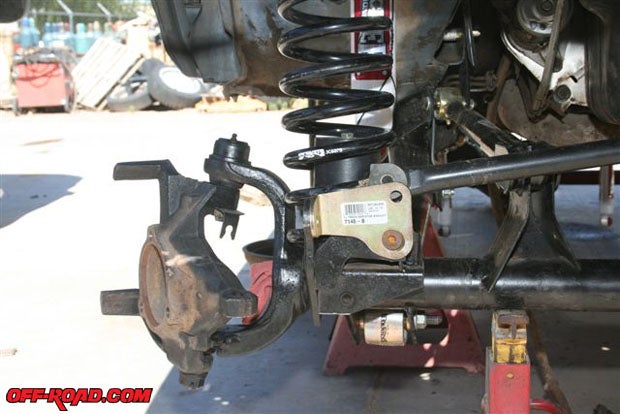
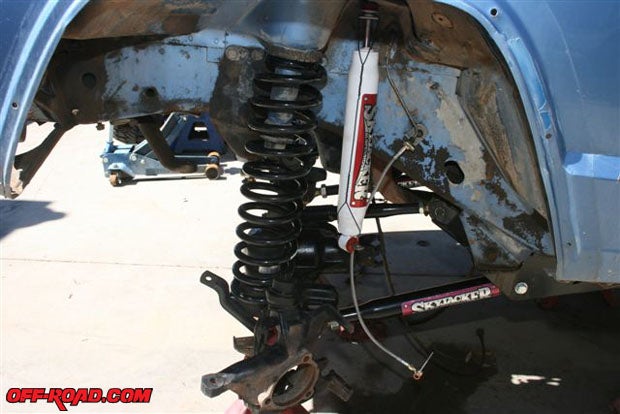
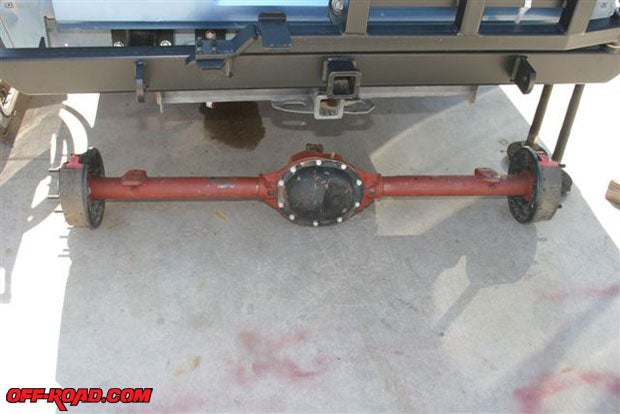
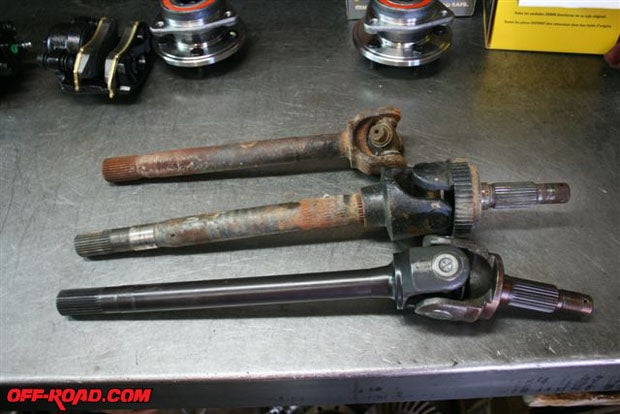
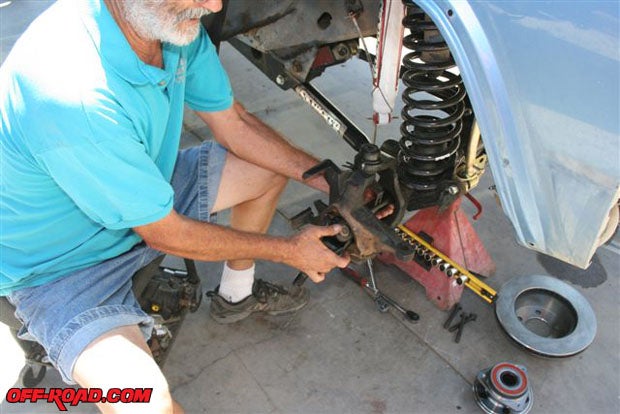
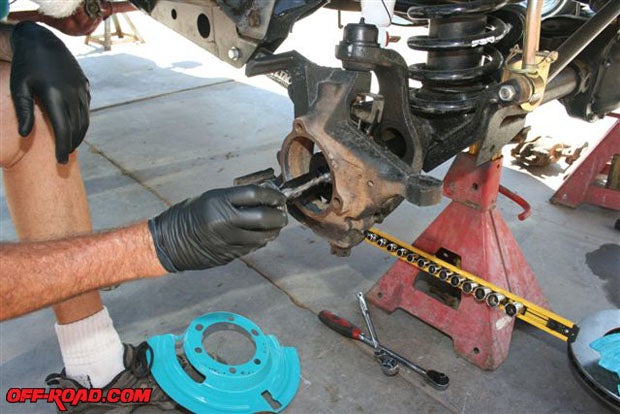
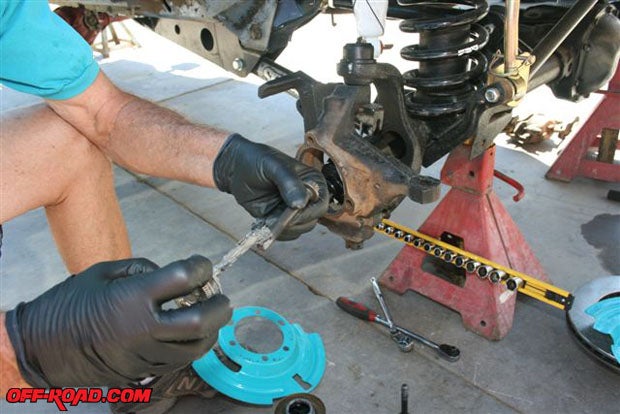
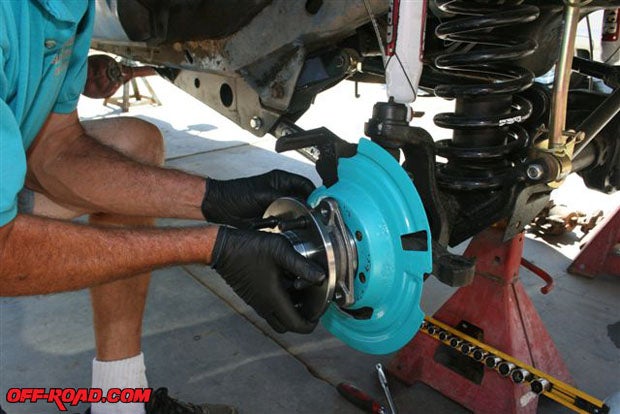
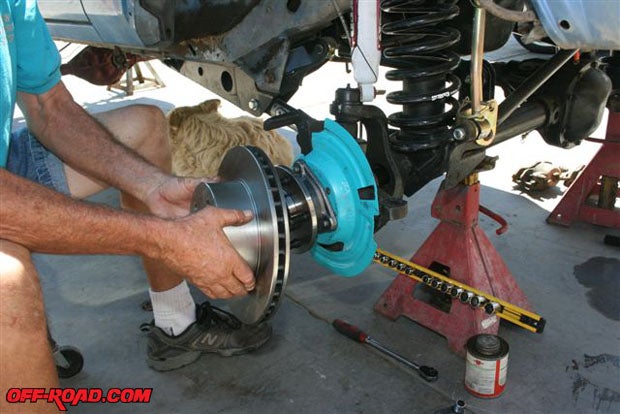
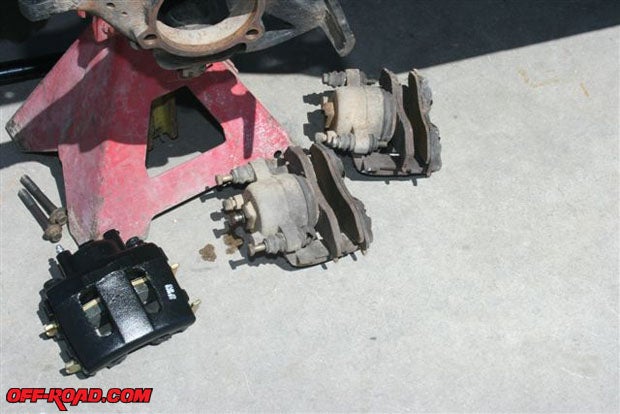
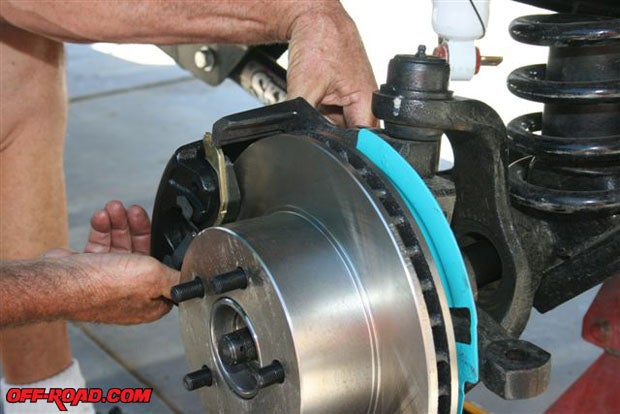
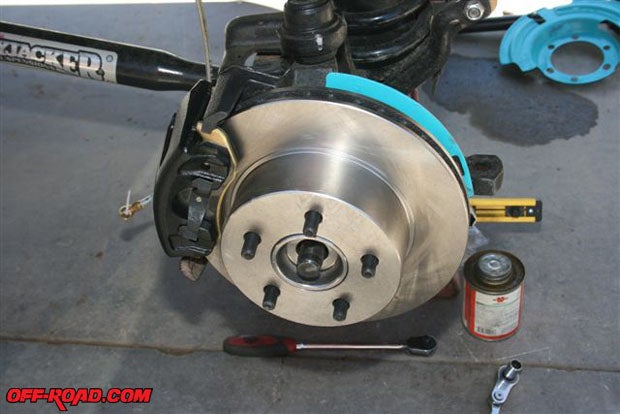
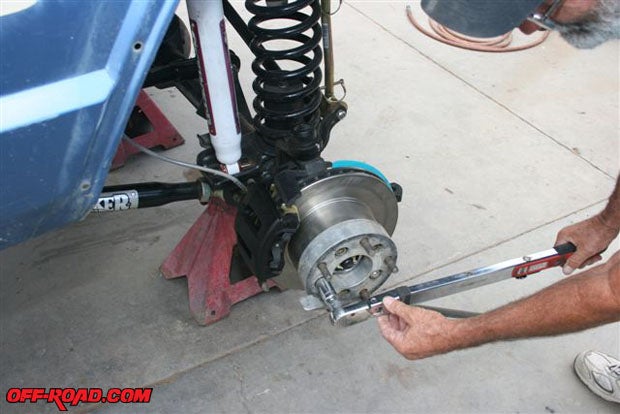
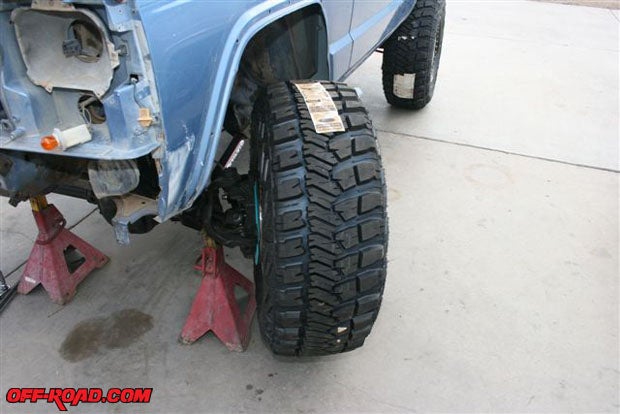
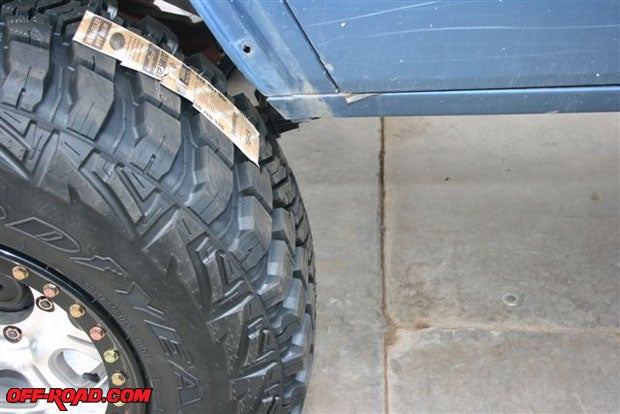
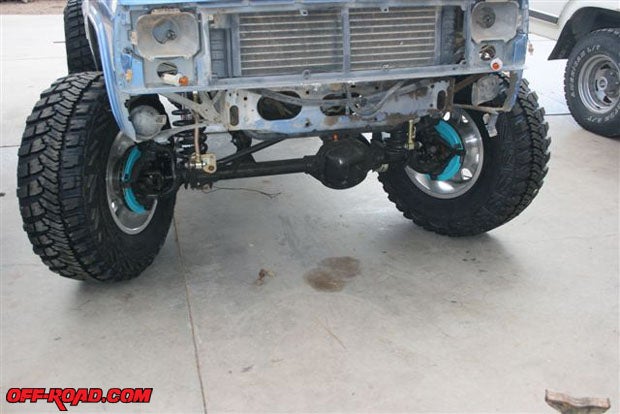
Master ‘Kee 89 XJ Cherokee Build Stories:


 Your Privacy Choices
Your Privacy Choices